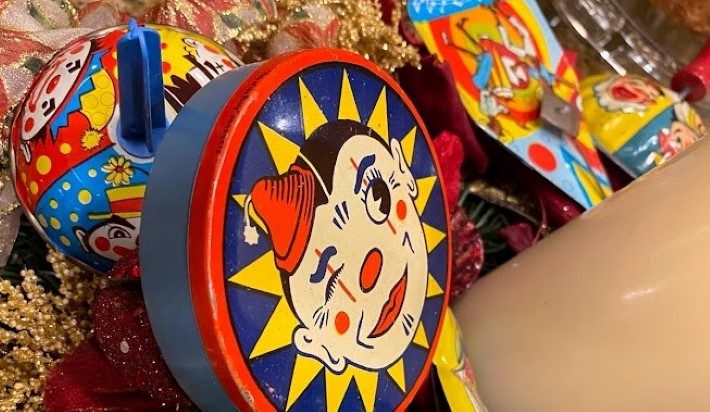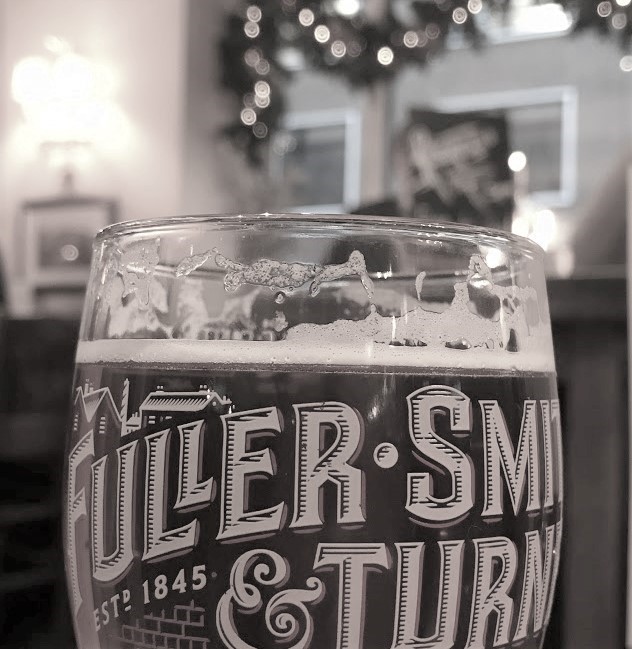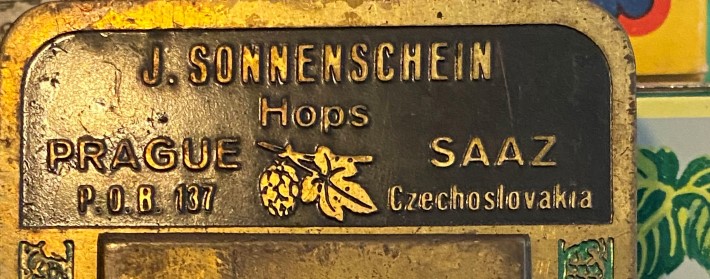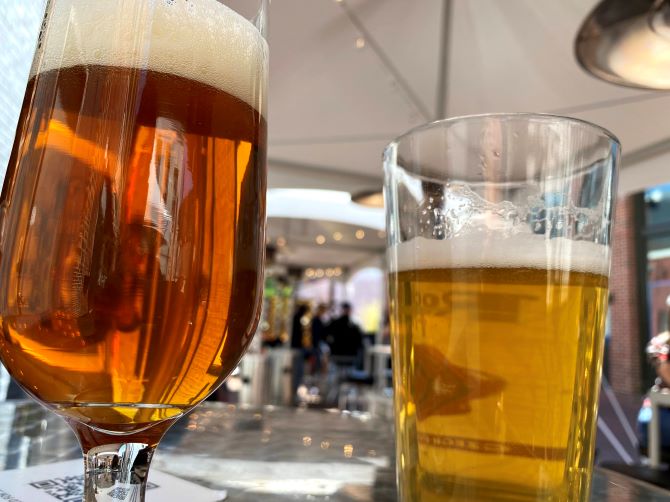
Jeff Alworth uses the term “craft beer” just once in his Beervana beer in review post, and that only to describe a bar. Dave Infante totally leans into those two words in tandem at VinePair. A headline that declares it was “a very bad year” for “craft beer” accurately describes the story that follows.
It has been more than seven years since editor John Holl declared in All About Beer magazine that the magazine would use the term “craft beer” only when absolutely necessary.
“One word shouldn’t be a dividing point. Ultimately, it should be about the beer in the glass, and whether it tastes good to the individual drinker. In the same way that the word microbrew is still batted around, we don’t honestly believe that the word craft will disappear anytime soon, but we do believe it’s time to have a conversation about what it really means. Is it a helpful word that makes beer better, or is it necessary at all?,” he wrote.
“There is a lot of passion surrounding this one word. And we believe it should be the right word, the beverage we cover, the one we enjoy. That’s why, as often as possible, we’re just going to call it beer.”
I liked that idea then and I like it now. That doesn’t make what Infante wrote less relevant. For instance this, “For a time, craft beer had something approaching mainstream cachet, and that time has passed. I admit, this is a feeling more than a fact. But man, 2021 made me feel it. It was the year that craft beer became irrevocably cheugy.”
However, when he writes, “Culture is powerful stuff, and craft beer’s didn’t do it any favors this year, online or off” that would seem to lump together what might fairly be called a group failure with the cultures at Birds Fly South in South Carolina with Our Mutual Friend in Colorado or with Fair State in Minnesota. That bothers me because the crew at each of those breweries understands their responsibility to the communities that support them.
Granted, lumping can be necessary. There is no denying the truth in the subtitle of Pete Brown’s “Craft: An Argument,” that “Why the term ‘Craft Beer’ is completely undefinable, hopelessly misunderstood and absolutely essential.”
I’m not crazy enough to make predictions about how “craft beer” will be viewed in 80 years from now when somebody writes the history of pop culture in the 21st century. (See Chuck Klosterman’s “But What If We’re Wrong?”) But it may read differently than local histories about breweries such as Lady Justice, Creature Comforts or Montclair. There are times we should be talking about the trees individually rather than the forest.
Additional reading: Reckoning, Retribution, Reconciliation, Recovery, And Resilience Mark The Year In Craft Beer.
LISTS
– Compare and contrast. First an observation: Hop Culture’s list of 5 favorite under-the-radar beer states didn’t include a state west of the Eastern time zone. But I thought you might want to compare their 5 under-the-radar cities with an on-the-radar list from Michael Jackson 21 years before.
Read more



